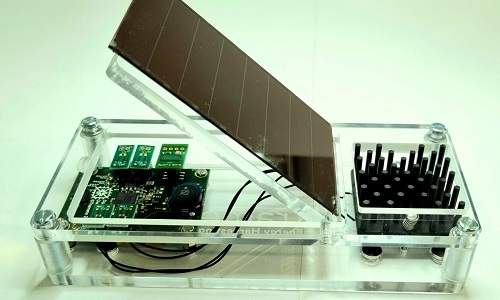Unsure about selecting the right type and size of energy harvester for your project? The Severn from Trameto is an evaluation board that can help you select the right energy harvester and speed up your POC phase.
Trameto Severn is a development board for the evaluation of ambient micro-energy harvesting. The development platform can enable designers to design and validate their energy harvesting modules during the proof of concept (POC) phase. The Severn platform employs TM2040, which is a smart EH PMIC with four inputs. It can use both a photovoltaic (PV) harvester and a thermoelectric generator (TEG) as input. The module can simultaneously take up to 4 energy harvesters of the same or mixed type as an input without requiring any additional interfacing components.

Severn is a compact platform that can enable hardware engineers to test and validate the efficiency of their prototype and the placement of their energy harvester in their designs. The evaluation board can also help the designers select the most optimum size and type of energy harvester for any system. Furthermore, it can speed up the testing and development process and cut short the time required for the proof of concept phase.
According to the company, the TM2040’s input can automatically adapt to the harvester type connected at the input. Moreover, it is capable of maximising the energy condition based on the changing ambient conditions. The module employs a super-capacitor as an energy storage system. Each harvester typically generates microwatts to milliwatts of power. When the capacitor is fully charged, the TM2040 delivers a 1.8V DC, regulated supply at up to 15mA for powering wireless IoT sensors and modules.
Huw Davies, CEO of Trameto, said: “The Severn platform is an example of how to create a reliable power supply for an edge IoT device from ambient light and/or heat in a compact form-factor, and showcases the TM2040’s ability to simultaneously and effectively manage the energy from multiple harvesters.”
By default the Severn platform comes with a photovoltaic (PV) harvester on a hinged backing and a TEG with an air heatsink, all housed in an acrylic case. The company also offers a window GUI that can display real-time status and harvested power by the module.









